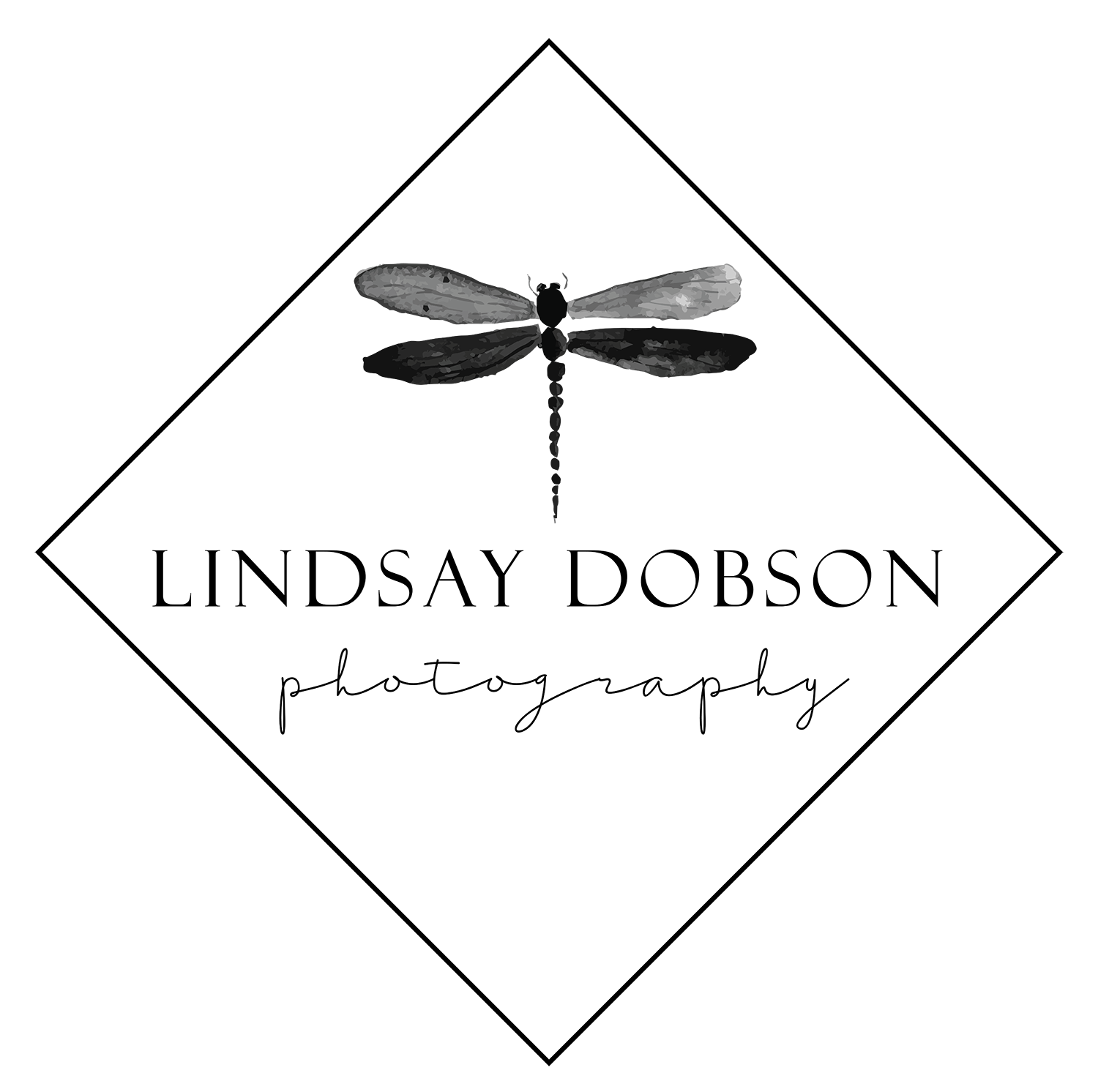Wildlife Photography Training at the British Wildlife Centre Surrey
I was at one of my favourite places yesterday – the British Wildlife Centre at Lingfield in Surrey. On this occasion I was acting as course tutor for a workshop arranged by Olympus. The day was to celebrate the OMD range of cameras, the most recent of which include the EM10, EM1 and EM5II (the EM10II has recently gone on sale here in the UK). As well as trying a range of camera bodies, delegates also had the opportunity to sample lenses well-suited to wildlife and nature photography. In brief, these are: 75-300, 40-150R, 75 f1.8 and the outstanding 40-150 f2.8 Pro.
This latter lens is a game changer – allowing wildlife and sports photographers the kind of speed, sharpness and optical excellence which had hitherto been unavailable to the mirrorless camera community. As a professional photographer who takes pictures of plenty of animals (often in less than ideal conditions) a lens like that is a necessity rather than merely a luxury. And it is up there with the greatest. I was using my standard wildlife setup of EM1 and 40-150 (you probably won’t feel a need for the teleconverter at this location, but it can be a very useful addition whenever you need a bit more range).
The weather yesterday was stunning – a sunny, quite warm, early autumn day of a sort which can’t fail to lift your spirits. Whilst glaring sunshine is far from ideal for animal photography, our location offered plenty of shady areas and lots of variety. After a coffee to welcome the delegates I talked about my approach to animal photography and the kind of settings we should be aiming for that day. After splitting into two groups we then headed out to meet the gorgeous animals who live at the centre. I didn’t realise that this week is National Squirrel Week, so it seemed very apt that we should photograph some of the characterful and playful red squirrels who occupy a large arboreal enclosure.
Photographing the Scottish Wild Cats is something of a privilege, quite simply because these creatures are critically endangered. It’s thought that there are only a few dozen of them left in the wild. In Scotland they’ve been inter-breeding with both feral cats and domestic cats, which has diluted the original gene pool somewhat. This is being rectified by successful breeding programs like the one at BWC and reports that these animals will start to thrive again in the wild are optimistic. But make no mistake – they are nothing like pussycats. Scottish Wild Cats are precisely that – they are wild, and it’s impossible to domesticate them. A few people have tried, with generally painful consequences. This was evident by the way our feline subject hissed and spat at his keeper, whenever Tom got a little too close. These are beautiful felines, bigger and heavier than their domestic counterparts, and powerful enough to bring down a baby deer.
An important highlight of the day for me, and several of the delegates, was a treat which the centre had lined up for us. We were thrilled when Tom brought out Hugo the hedgehog and a tiny harvest mouse. It’s quite rare that we would get to photograph these charming little animals in the wild (particularly since hedgehogs have declined terribly in numbers here in the UK). Hugo was a delightful little character, happily moving around and then pausing for a few moments to explore my camera. They can move surprisingly quickly, but fortunately Hugo took a break to preen himself. I’ve seen many hedgehog families over the years but I’ve never seen one grooming itself – it’s a bit like watching a cat do the same. I had no idea that hedgehogs had such long tongues, and it was fun watching Hugo spruce himself up.
The little harvest mouse was a dynamo of energy – happily exploring a teasel.
We all had a fabulous day and I’d like to see huge thank you to Olympus for arranging everything for us – and to all of the delegates who attended. The staff at the centre did a wonderful job of welcoming us and helping us to achieve our goals for the event. And thank you to keepers Tom and Meg for keeping everything under control. And last but not least, if you’re ever in Surrey and if you fancy a few hours of relaxing animal photography then do visit the British Wildlife Centre. It’s a very special place and the conservation work undertaken there is really important.
Keep an eye open on the Olympus website because there are plenty of interesting events and workshops suitable for everyone. In fact you don’t even need to be an Olympus user to attend many of these outings.
Today’s Tip:
The key thing with photographing animals (and of course your human subjects if you’re an outdoor portrait photographer) is that we must pay attention to the background. Before I take any pictures I’ll move around whilst I look for two things; appropriate light and the kind of background which helps to highlight the subject (or at least free from unnecessary distractions).




















